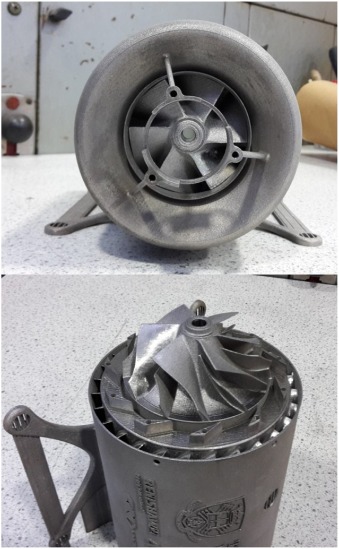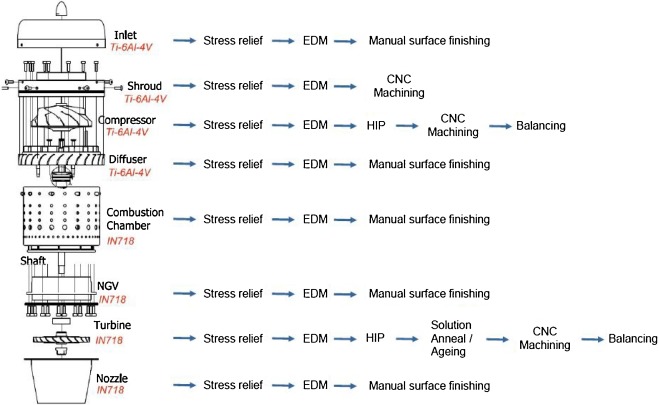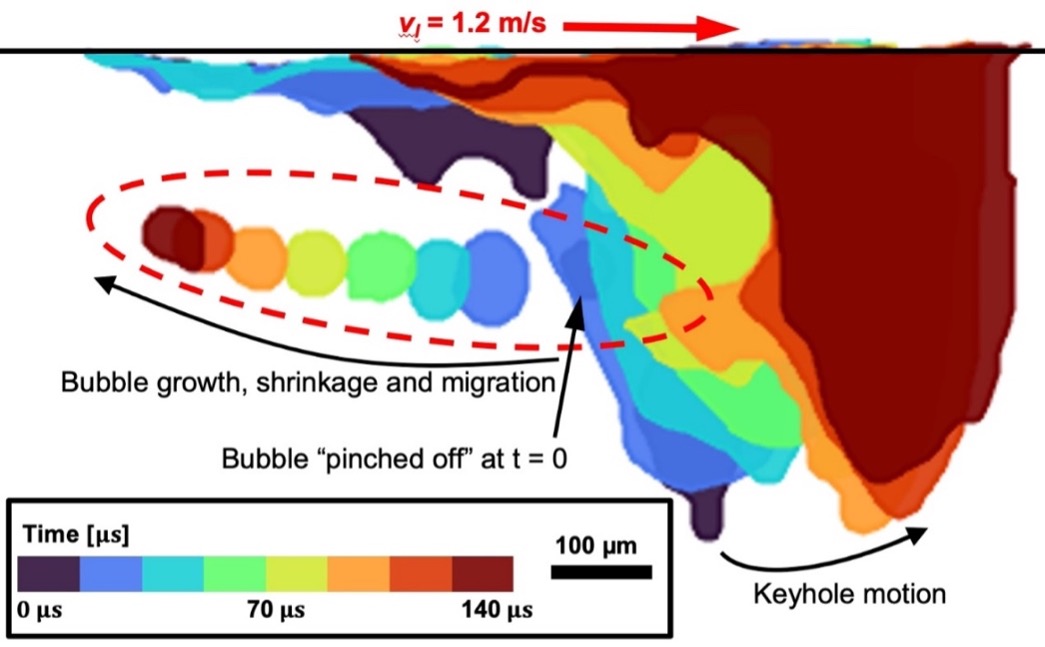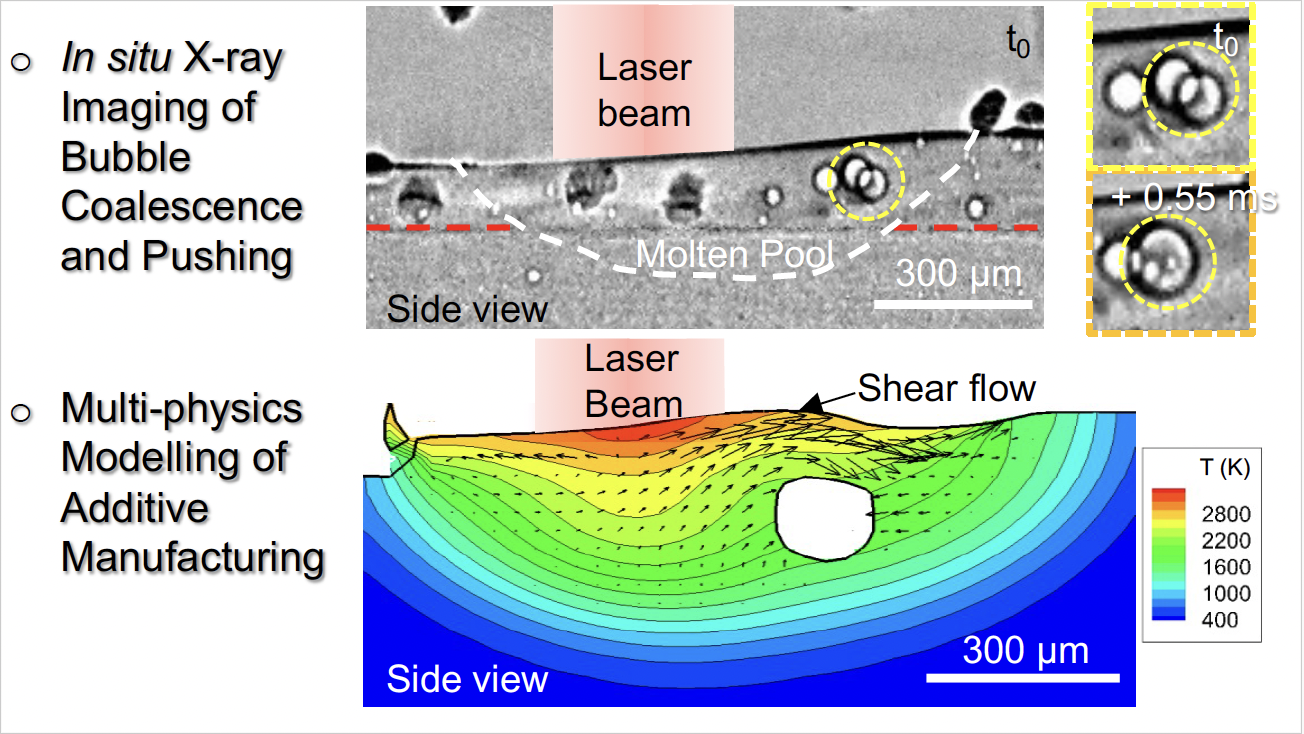All Publications /
Publications:
3D printing a jet engine
27 / 06 / 18
Paper: 3D printing a jet engine: An undergraduate project to exploit additive manufacturing now and in the future
Publication: Materials Today Communications (2018)
Authors: C.J. Smith, S. Tammas-Williams, P.S. Mahoney, I. Todd
MAPP is bringing practical experience in leading research techniques to engineering students through an innovative project at the University of Sheffield.

Details of the final year project - titled 3D printing a jet engine: An undergraduate project to exploit additive manufacturing now and in the future - have been published in Materials Today Communications.
If 3D printing is to fulfil its potential in material efficiency, component design and manufacturing, the next generation of engineering graduates must be equipped with a sound understanding of the process. The detailed practical understanding required by the next generation of manufacturing engineers requires hands-on experience.
This project provided an ideal opportunity for undergraduates to get hands-on experience of the technology, its benefits and limitations by giving them the opportunity to manufacture a 3DP jet engine. The small scale jet engine was based on an existing hobbyist engine.
The main aim of the project was not to build a highly efficient engine - it was to give the next generation of engineers significant experience with 3D printing.
The students gained first-hand experience of 3D printing from design to post-processing.
A video of the first attempted test of the existing engine is available here.
Dr Sam Tammas-Williams, who was a MAPP Postdoctoral Research Associate throughout his work on the project, said: “It was a great opportunity for the students to get first-hand experience of the technology, and importantly, some of the limitations that must be considered as well as the more well-publicised benefits. The students should be well equipped to take advantage of the technology in the future.”
The paper was one of the semi-finalists in the Elsevier 3D Printing Grand Challenge.

More:
Publications
-

-
X1 Case Study B (UCL)
Impact of powder oxidation during additive manufacturing
Investigators: Prof Peter Lee
Researchers: Prof Chu...

